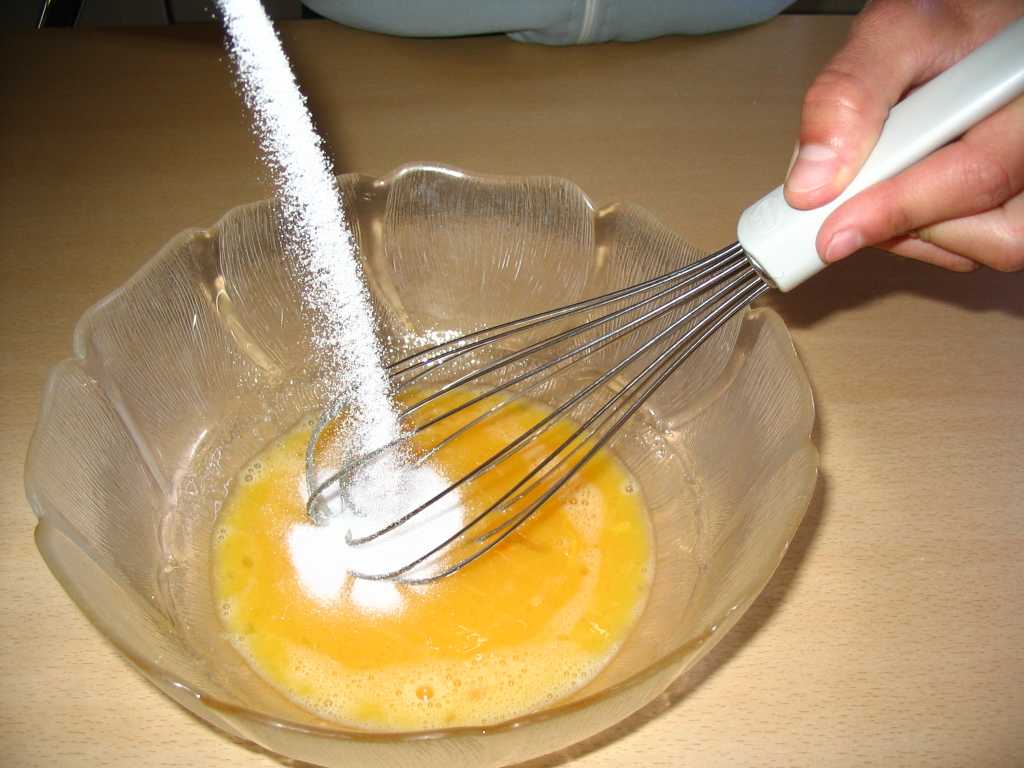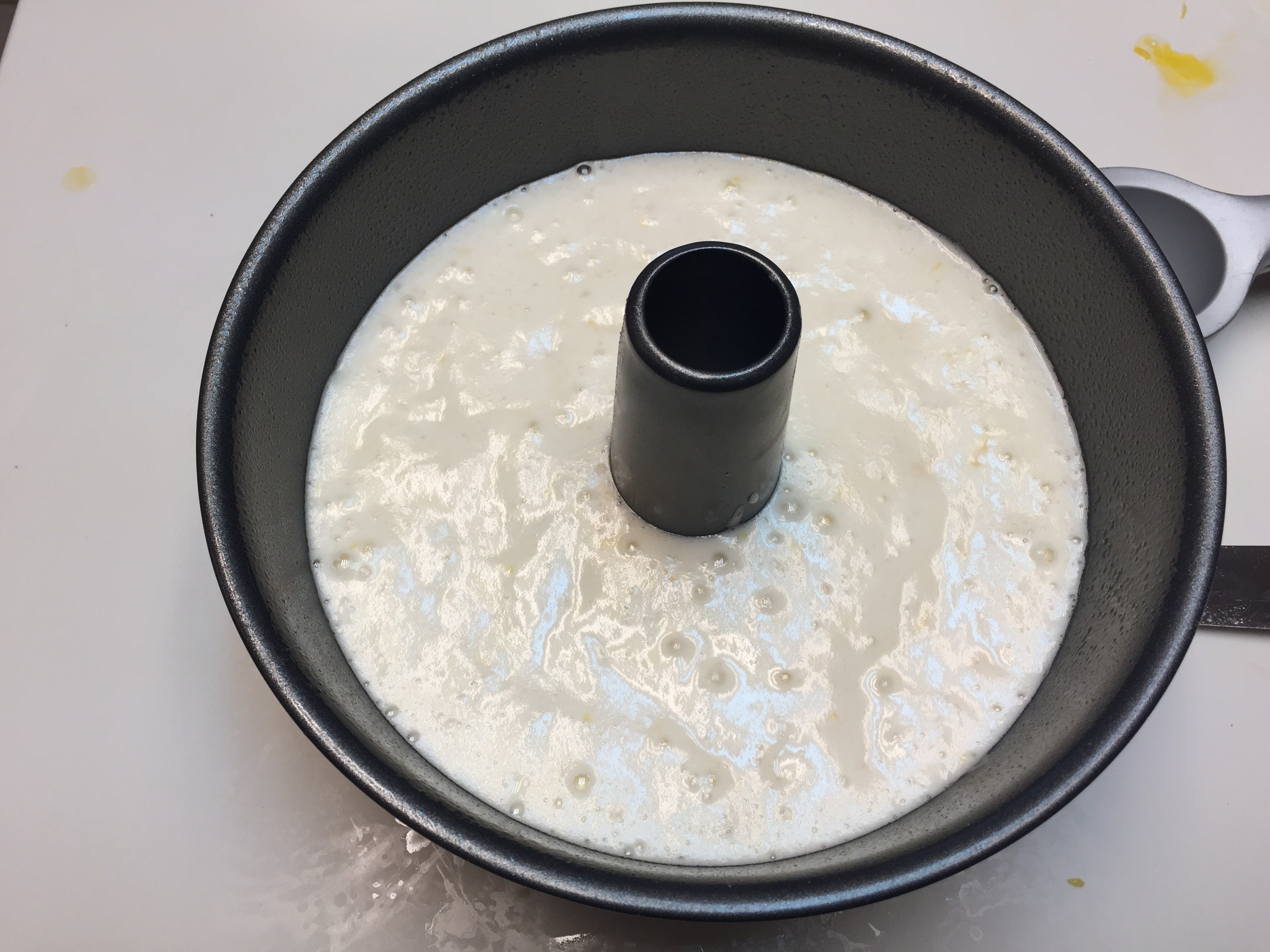Cake Mixing Techniques on:
[Wikipedia]
[Google]
[Amazon]
There are several common cake mixing techniques.
 Also called the ''conventional method''. It is a common method and typical for butter cakes and similar high-fat cakes. This depends upon a solid but malleable, or "plastic" fat, such as butter or
Also called the ''conventional method''. It is a common method and typical for butter cakes and similar high-fat cakes. This depends upon a solid but malleable, or "plastic" fat, such as butter or  Also called the ''blending method'', or the ''dumping method'', because the ingredients are dumped in a bowl and stirred together. ( Dump cake itself, however, depends upon a cake mix instead of a mixing technique.) Typical of a cake made in the style of
Also called the ''blending method'', or the ''dumping method'', because the ingredients are dumped in a bowl and stirred together. ( Dump cake itself, however, depends upon a cake mix instead of a mixing technique.) Typical of a cake made in the style of
 A genoise or
A genoise or  Used to make an
Used to make an
List of cake mixing techniques
High-fat methods
; Creaming:vegetable shortening
Shortening is any fat that is a solid at room temperature and is used to make crumbly pastry and other food products.
The idea of shortening dates back to at least the 18th century, well before the invention of modern, shelf-stable vegetable s ...
. The fat and sugar are creamed together until well-blended and light in color. Eggs are beaten in until the mixture is fluffy. After that, dry ingredients are stirred in, alternating with any remaining liquid ingredients. Leaveners such as baking powder
Baking powder is a dry chemical leavening agent, a mixture of a carbonate or bicarbonate and a weak acid. The base and acid are prevented from reacting prematurely by the inclusion of a buffer such as cornstarch. Baking powder is used to increas ...
are commonly used. The flour is added late, which reduces the chance of developing the gluten and producing a tough cake.
;Reverse creaming: Also called the ''paste method'', and related to Betty Crocker's ''double-quick method'' from the 1950s. Solid fat and dry ingredients are beaten together until well-blended. Then liquids are stirred in, followed by eggs. The resulting cake is tender, unlikely to become tough from overbeating, and tends not to dome (form a rounded top when baked, which can be awkward for assembling tall layer cakes
A layer cake (US English) or sandwich cake (UK English) is a cake consisting of multiple stacked sheets of cake, held together by a filling such as icing (food), frosting, jam, or other preserves. Most cake recipes can be adapted for layer ca ...
). ''Cook's Illustrated
''Cook's Illustrated'' is an American cooking magazine published every two months by America's Test Kitchen Limited Partnership (ATK) in Brookline, Massachusetts. On February 2, 2023, ''Cook's Illustrated'' was one of ATK's brands included in th ...
'' also recommends this method for shortbread cookies
Shortbread or shortie is a traditional Scottish biscuit usually made from one part white sugar, two parts butter and three to four parts plain wheat flour. Shortbread does not contain leavening, such as baking powder or baking soda. Shortbread ...
.
;Stirring: quick bread
Quick bread is any bread leavened with a chemical leavening agent rather than a biological one like Baker's yeast, yeast or Sourdough#Starter, sourdough starter. An advantage of quick breads is their ability to be prepared quickly and reliably, w ...
, the stirring technique usually relies on liquid fats, such as oil
An oil is any nonpolar chemical substance that is composed primarily of hydrocarbons and is hydrophobic (does not mix with water) and lipophilic (mixes with other oils). Oils are usually flammable and surface active. Most oils are unsaturate ...
. Wacky cake is a vegan, eggless, butter-less, milk-less, oil-based cocoa-flavored cake from the Great Depression
The Great Depression was a severe global economic downturn from 1929 to 1939. The period was characterized by high rates of unemployment and poverty, drastic reductions in industrial production and international trade, and widespread bank and ...
that uses the stirring method.
;Two-stage method: More common for making high-ratio cakes (i.e., a cake whose recipe calls for more sugar by weight than flour) in commercial settings, the two-stage method uses an emulsified high-ratio shortening. The dry ingredients are first mixed with the shortening, and then the eggs and other liquids are beaten in. The resulting batter is usually thin enough to pour (rather than scrape) into a cake pan
Cookware and bakeware is food preparation equipment, such as cooking pots, pans, baking sheets etc. used in kitchens. Cookware is used on a stove or range cooktop, while bakeware is used in an oven. Some utensils are considered both cookware ...
.
;One-stage method:A stirring method that uses high-ratio liquid shortening. It is called one-stage because all the ingredients can be put in the bowl at the same time, and then the batter is stirred.
;Flour-batter method:Sugar and eggs are beaten together in one bowl until thick and light. The fat and the remaining dry ingredients are mixed together until thoroughly combined in a second bowl. Then the sugar–egg mixture and the fat–flour mixture are mixed together, and any remaining liquid ingredients are stirred in.
Egg foam methods
Egg foam methods often use cake flour or addcorn starch
Cornflour, cornstarch, maize starch, or corn starch (American English) is the starch derived from corn (maize) grain. The starch is obtained from the endosperm of the seed, kernel. Corn starch is a common food ingredient, often used to thick ...
to reduce the risk of the cake becoming tough.
;Sponge method: A genoise or
A genoise or sponge cake
Sponge cake is a light cake made with egg whites, flour and sugar, sometimes leavened with baking powder. Some sponge cakes do not contain egg yolks, like angel food cake, but most do. Sponge cakes, leavened with beaten eggs, originated during ...
is a versatile, usually low-fat cake that is used as the basis for many fancier cakes as well as jelly roll cakes. In its simplest form, sugar and whole eggs are whipped into a light foam, and then flour is folded in. The resulting batter is promptly poured into a cake pan and baked. As the eggs gain greater volume when warm, the eggs may be initially beaten over a bowl of hot water.
:Variations include the addition of melted butter at the end, for an American-style butter geniose, the addition of hot milk to the melted butter to produce a hot milk cake, or beating egg whites and egg yolks separately.
;Angel food method: Used to make an
Used to make an angel food cake
Angel food cake, or angel cake, is a type of sponge cake made with egg whites, flour, and sugar. A whipping agent, such as cream of tartar, is commonly added. It differs from other cakes because it uses no butter. Its aerated texture comes from ...
and little else. This is fat-free cake. Egg whites are beaten to soft peaks, and then a dry mixture of flour and sugar is gently folded in. Because the flour is added in the last step, there is a lower chance of the gluten developing and producing a tough cake. The beaten egg whites are the only source of leavening. Once out of the oven, the cake is usually inverted and left upside down until it is completely cooled. This reduces the risk that the fragile cake will ''fall'', or collapse. A specialized fork or cutter with long tines, sometimes called an angel food comb
An angel is a Spirit (supernatural entity), spiritual (without a physical body), heaven, heavenly, or supernatural being, usually humanoid with Bird wing, bird-like wings, often depicted as a messenger or intermediary between God (the Transce ...
, is traditionally used to break apart this light, airy cake.
;Chiffon method:Used to make chiffon cakes. Another egg foam method, this one is similar to the angel food method except that the egg whites are beaten until stiff and then folded with a batter containing not just dry flour and sugar, but also oil, egg yolks, and baking powder.
;Joconde method: A Joconde cake is a type of sponge cake that is made by separately beating egg whites and egg yolks with sugar. It also includes nuts.{{Cite book , last=Gisslen , first=Wayne , title=Professional Baking , date=2022 , publisher=Wiley , isbn=978-1-119-74499-3 , edition=8th , location=Hoboken, NJ , pages=398–399
Other
It is also possible to combine some methods. For example, some recipes combine the creaming and sponge methods. Such a cake might begin by creaming together butter and sugar, and then fold in stiffly beaten egg whites as a substitute for chemical leaveners.See also
* Quick bread#Mixing methodsReferences